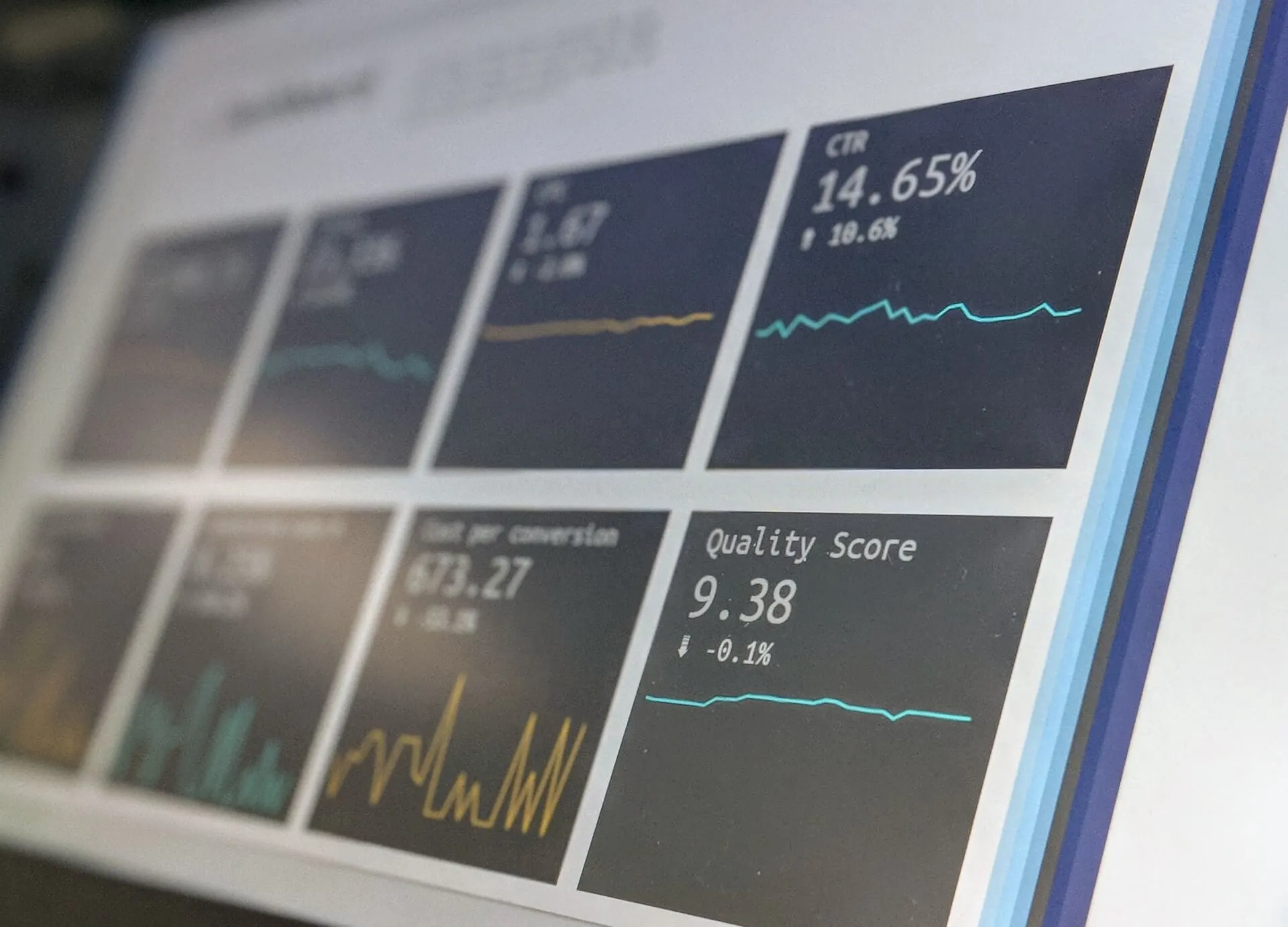Originally published October 30, 2023 , updated on October 25, 2023
It is no longer enough for businesses to simply present their products or services. As a business, you must engage, educate, and empower your target audience with compelling content. Business-to-business (B2B) buyers are now more discerning and informed than ever, demanding informative and trustworthy content that guides their decision-making processes. As a result, content has become key for establishing brand authority, cultivating trust, and nurturing leads across the entire buyer’s journey.
One essential tool in the B2B content marketer’s arsenal is a content gap analysis. It serves as the guiding star in the vast constellation of content strategy. But what is content gap analysis, and how can it help your business?
Understanding Website Content Analysis

A content gap analysis involves examining the current content landscape. During this process, you must identify areas where content may fail to address the audience’s informational needs.
A website content analysis acts as a compass, enabling businesses to spot untapped opportunities. This process allows you to fine-tune your messaging and align your content with the ever-evolving demands of your audience.
Here are six steps to conduct a thorough content gap analysis:
1. Perform Data Collection and Content Inventory
The first step in content gap analysis for SEO involves gathering all existing content assets. These assets include blog posts, whitepapers, case studies, videos, infographics, and any other material that’s part of your content ecosystem.
Now, your B2B content marketing agency will organise your content systematically, providing a clear picture of the diversity and scope of your content library. Don’t forget to leverage analytics tools and data sources to gain insights into how your existing content is performing.
Finally, compile all this information into a comprehensive content inventory. This inventory will serve as your roadmap for content gap analysis. It will help you identify areas where content is abundant and areas where it’s lacking. This sets the stage for the strategic creation and optimisation of content to fill those gaps.
2. Identify Audience Needs and Pain Points
To bridge content gaps effectively, it’s essential to have a deep understanding of your B2B audiences.
Develop detailed audience personas by profiling your target demographics, roles, challenges, goals, and pain points. This information will guide content creation that resonates with your audience.
You should also engage your audience directly through surveys and feedback analysis. This data is invaluable in pinpointing specific gaps in your content that may not be apparent through analytics alone.
Lastly, tap into customer and sales insights to understand common questions, objections, and challenges customers face. Real-world case studies can also demonstrate the significance of audience-driven content gaps.

3. Conduct a Competitive Analysis
To stay ahead in the B2B content landscape, thoroughly analysing your competitors’ content strategies is crucial.
Analyse competitors’ content strategies and identify gaps by studying their content production frequency, quality, and distribution channels. Now, benchmark your content against industry leaders and top-performing competitors. Assess how your content measures up in terms of engagement, authority, and value and identify areas where you can elevate your content to compete effectively in your niche.
By conducting a comprehensive competitive website content analysis, your B2B content marketing agency will gain valuable insights into the content landscape within your industry, enabling you to refine your content strategy and effectively address the gaps that exist in your niche.
4. Carry Out Keyword and SEO Analysis
Keyword and SEO analysis are essential for content gap analysis for SEO as they help identify opportunities to create new content or optimise existing content to fill gaps in search engine visibility and meet user search intent.
Leverage keyword research tools like Google Keyword Planner, SEMrush, or Ahrefs to identify relevant keywords and gain insights into search volume and user intent. It’s also important to identify keywords and search trends that align with your target audience’s interests and needs. Focus on long-tail keywords and emerging trends in your industry. This step ensures your content addresses the specific queries of your audience.
You should also assess the competitiveness of selected keywords. Analyse the keyword difficulty score and the competition’s rankings. Prioritise keywords where you have a realistic chance of ranking well and attracting organic traffic.
Finally, integrate SEO insights into your content gap analysis. Identify areas where competitors outperform you in search rankings for key terms related to your industry. By addressing these gaps, you can enhance your content’s visibility and reach by addressing these gaps.
5. Identify Content Gaps
Content gap identification in content gap analysis involves pinpointing areas where a website’s existing content falls short in addressing specific user queries or providing comprehensive information, allowing for strategic content development.
Begin by leveraging your comprehensive content inventory data, which includes existing content and audience insights. This data will serve as the foundation for identifying content gaps.
Next, identify content gaps by triangulating data from various sources. Analyse the overlap between audience needs, gaps in competitor content, and keyword opportunities. By aligning these factors, you can pinpoint content gaps that hold the most potential.
You should prioritise content gaps based on their importance and relevance to your audience and business goals. Finally, use visualisation tools, like content gap mapping software, which can help create visual representations of your content landscape. These maps make it easier to grasp the scope and relationships between content gaps, aiding in strategic decision-making.
6. Create and Optimise Content
The first step to any content marketing efforts is to start with a well-defined content creation plan that outlines your strategy for addressing identified gaps. A B2B content marketing agency will be able to determine the types of content needed during your content gap analysis for SEO. Include the topics to cover, and the publication schedule. This plan will serve as your roadmap for creating and optimising content effectively.
7. Distribute and Promote Content
Identifying the right channels for content distribution is crucial during website content analysis. Consider your audience’s preferred platforms and the nature of your content. Whether it’s social media, email marketing, industry forums, or your website, choose channels that maximise your content’s reach.

8. Measure and Iterate
Measuring and iterating are vital aspects of content gap analysis because they enable a data-driven approach to content optimisation. First, defining Key Performance Indicators (KPIs) is essential as it provides clear benchmarks for success, allowing you to assess the impact of your content strategy. Tracking and analysing content performance against these KPIs helps you identify areas where your content falls short or excels, revealing content gaps and strengths.
By iterating content based on the data and feedback gathered, you can refine your approach, addressing weaknesses, optimising for relevant keywords, and enhancing user experience. This iterative process ensures that your content remains aligned with evolving user intent and search engine algorithms, leading to sustained organic traffic growth and improved online visibility.
Conclusion of Content Gap Analysis
In the ever-evolving landscape of B2B marketing, content gap analysis for SEO is a critical pillar for success. It allows businesses to bridge the divide between their offerings and their audience’s needs. By identifying gaps in content coverage, understanding audience pain points, and analysing competitors, organisations can develop content strategies that resonate, engage, and drive results.
Interested in making your mark in the world of B2B marketing through the power of content gap analysis? Contact B2B content marketing agency Goodman Lantern today for help.




















